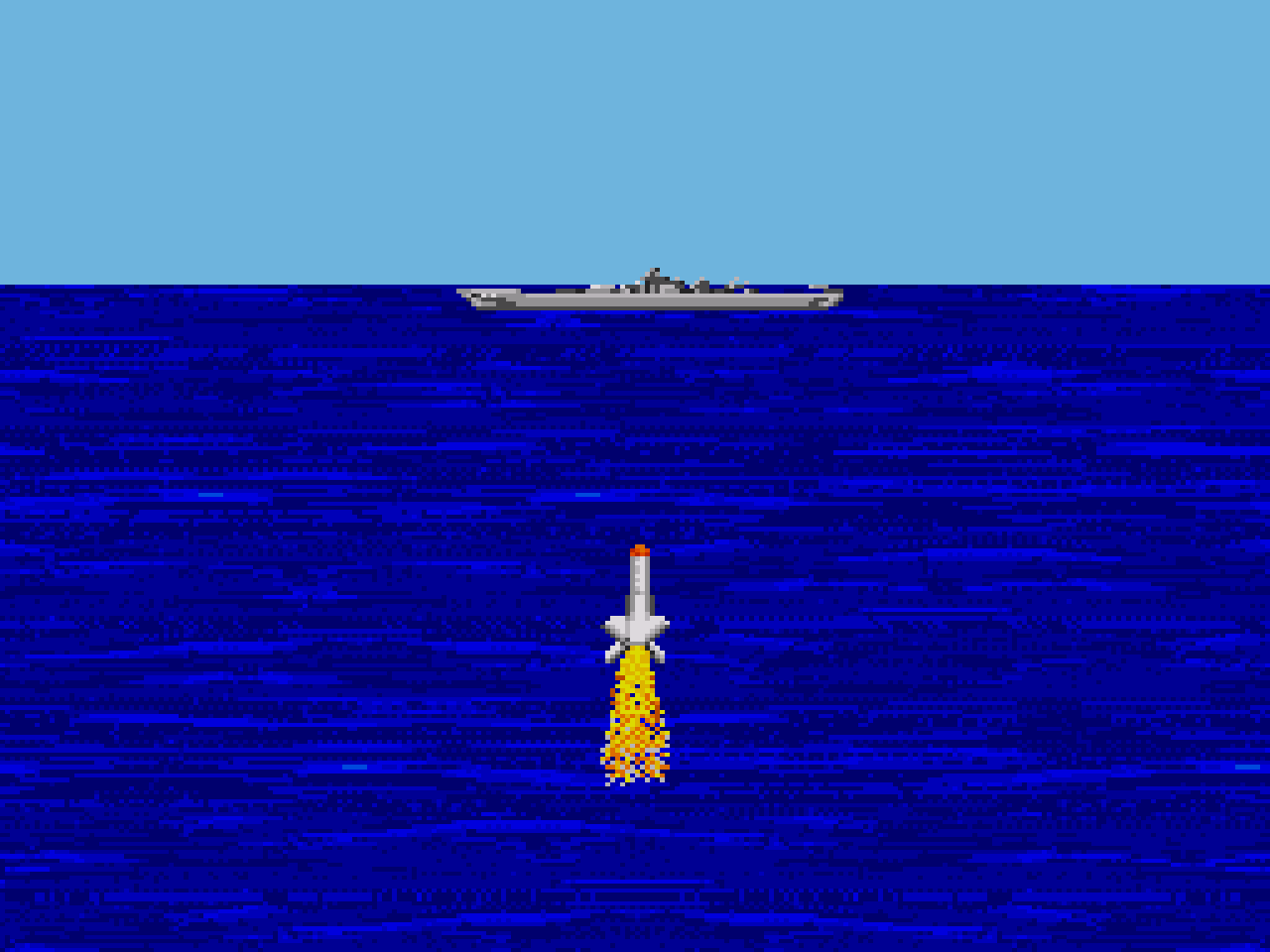

However, early Soviet endeavours resulted in a number of serious accidents – five where the reactor was irreparably damaged, and more resulting in radiation leaks. The safety record of the US nuclear navy is excellent, this being attributed to a high level of standardisation in naval power plants and their maintenance, and the high quality of the Navy's training program. The largest submarines are the 26,500 tonne (34,000 t submerged) Russian Typhoon class, powered by twin 190 MWt PWR reactors, though these were superseded by the 24,000 t Oscar-II class (eg Kursk) with the same power plant. Eventually four generations* of submarine PWRs were utilised, the last entering service in 1995 in the Severodvinsk class.

Russia developed both PWR and lead-bismuth cooled reactor designs, the latter not persisting. Rolls-Royce built Westinghouse-derived units for the UK Royal Navy submarines and then developed the design further to the PWR2. The technology was shared with Britain, while French, Russian and Chinese developments proceeded separately.Īfter the Skate-class vessels, reactor development proceeded and in the USA a single series of standardized designs was built by both Westinghouse and GE, one reactor powering each vessel. Nuclear power had revolutionised the Navy. Remarkably, the Enterprise remained in service to the end of 2012.īy 1962 the US Navy had 26 nuclear submarines operational and 30 under construction.

A cruiser, USS Long Beach, followed in 1961 and was powered by two of these early units. Nautilus led to the parallel development of further ( Skate-class) submarines, powered by single pressurised water reactors, and an aircraft carrier, USS Enterprise, powered by eight Westinghouse reactor units in 1960. This marked the transition of submarines from slow underwater vessels to warships capable of sustaining 20-25 knots submerged for long periods, independent of needing air for diesel engines to charge batteries.

The first nuclear-powered submarine, USS Nautilus, put to sea in 1955. Work on nuclear marine propulsion started in the 1940s, and the first test reactor started up in USA in 1953. So far, exaggerated fears about safety have caused political restriction on port access.


 0 kommentar(er)
0 kommentar(er)
